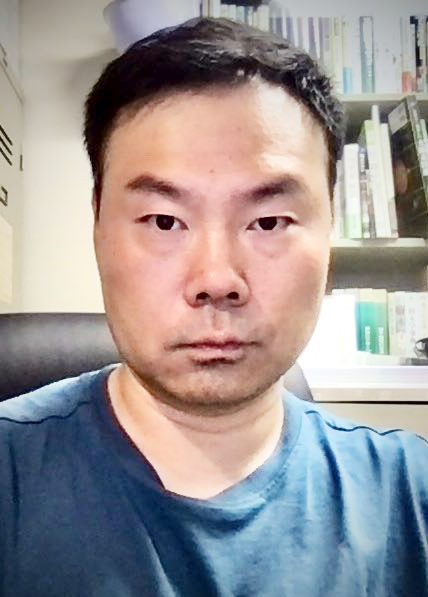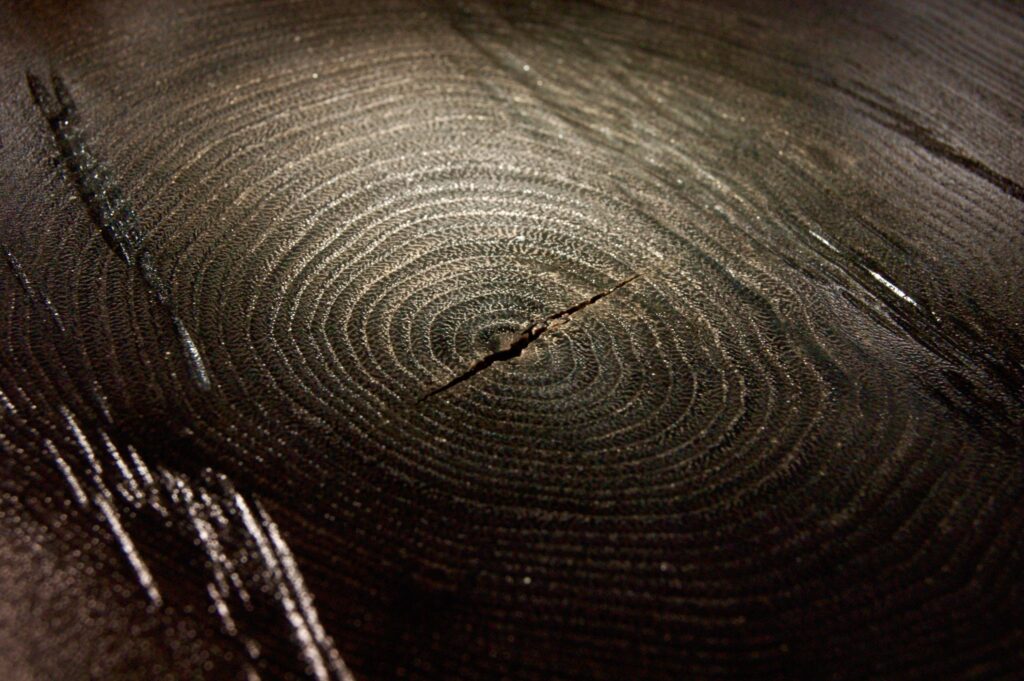
Masataka HAKOZAKI
Principal Investigator
National Museum of Japanese History, Research Department, Associate Professor
My background is in dendrochronology and carbon-14 dating. Using these high-precision dating methods, we have been able to determine the dates of archaeological sites, the construction of ancient buildings, and the occurrence of extreme disasters. By reading natural events from tree rings that have not been recorded by humans, I hope to clarify environmental changes in the Japanese archipelago with higher spatio-temporal resolution.
Team Members and Research Themes
- Minoru SAKAMOTO (National Museum of Japanese History, Research Department, Professor):Construction of carbon-14 calibration curve, and investigation of carbon-14 regional offsets
- Tetsuya SHINOZAKI (Department of Earth and Planetary Science, The University of Tokyo):High-precision dating of extreme hazards
Outline of Research
In this study, we reconstruct paleoenvironmental changes in the prehistoric Japanese Archipelago using the oxygen isotopic dendrochronology and the carbon-14 spike-match dating method at a temporal resolution of 1 year. In particular, we aim to: 1) determine the age of the Kikai-Akahoya eruption, a biggest eruption at the Jomon period; 2) reconstruct annual precipitation and solar activity over the past 6400 years and clarify their relationship; and 3) reconstruct the climate of a major cooling event (4.2-4.3 ka event) and assess its impact on the archipelago. We plan to collect volcanically buried trees from Yakushima Island and reconstruct carbon-14 spike, conduct comprehensive oxygen isotope ratio and carbon-14 analyses of naturally buried trees and excavated trees from archaeological sites from all over Japan, and reconstruct areal climate change based on comparisons between regions over the same time section. We will collaborate with other groups to acquire and date new wood materials and reconstruct paleoenvironmental changes over an older and wider area, while feeding back paleoenvironmental and chronological information to other groups. By integrating the results of this research with those of other groups, we hope to contribute to the development of a new academic field, "integrative bioarchaeology".

